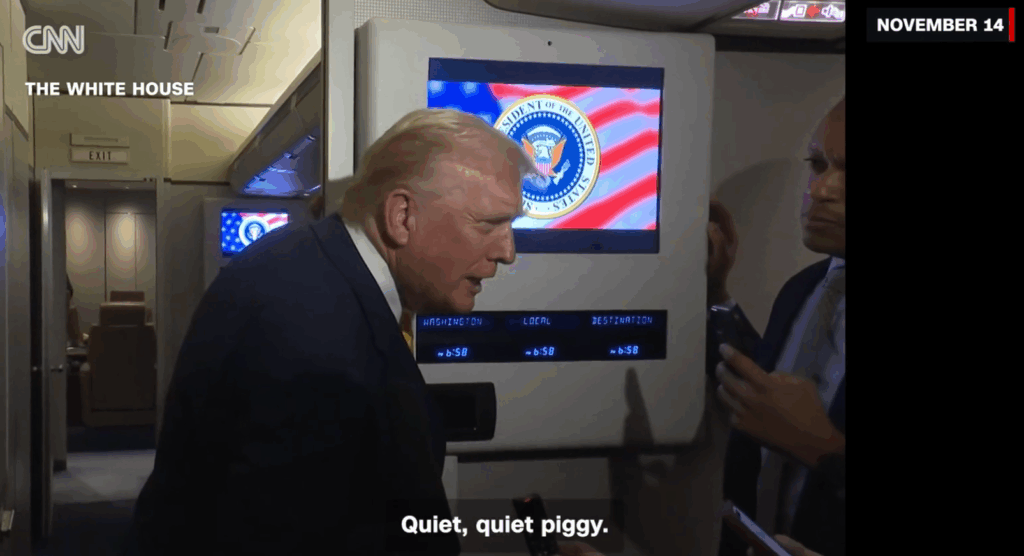Mothers who weren't chosen to host one of the at-home parties held for Expo Washable Markers on June 11 shouldn’t feel slighted: Only 1800 hosts were selected from more than 24,000 applicants. That's an acceptance rate of less than 7.5%.
By comparison, Princeton University accepted 8.4% of the applicants for its 2015 class.
Unlike schools, which ostensibly seek a broad demographic swath of students, the brand managers sought to put the new product–an extension of its line of dry erase marketers–in front of a highly defined demographic: parents in the mid-20s through the mid-30s, with kids in the 2-5 age range.
"The product line is new," says Megan Dunn, associate brand manager for Expo at Newell Rubbermaid Office Products, which produces the markers. "We were looking to get general awareness among the population."
That would be a population of mothers who have had less-than-stellar experiences with dry-erase markers, she adds, noting that the non-washable kinds have marred a lot of clothing and upholstery.
For Expo, the trick was getting the markers into the hands of people who would use them—and, more than that, who would use social media to tell about their use. To do so, the company retained House Party Inc., a company that hosts a database of 1.2 million consumers willing to hold parties in their homes on behalf of brands.
In addition to parents in the demographic ranges it wanted, Rubbermaid also sought those involved in teaching of some sort, and those active in social media, as pre- and post-party online activities were to be an important part of the campaign. Beyond that, Rubbermaid awarded the parties to those respondents who were quickest to volunteer.
Each host received two packages of markers, erasers and a large whiteboard designed to be used with the markers. Up to 15 guests per party received the marker packages, erasers and "learning boards" on which to complete various activities.
Hosts issued invitations through the House Party Web site, which also offered downloadable party favors and opportunities for them to post user-generated material such as photos, videos and comments. Hosts were urged to tweet and post about their parties on other forums, as well as uploading photos and videos of the events.
Aside from the host invitations, Expo and House Party didn't contact guests unless the guests specifically opted in to receive additional information. Those who did—along with the hosts—received post-party e-mail coupons offering two dollars off a purchase of the washable dry erase markers.
The effort's success relied on informed host selection. Independent of a given event—and House Party runs between 75 and 100 per year—the company maintains a conversation with people on its database, with interactions designed to augment their basic knowledge, as well as gage their level of social media use. Sometimes House Party CEO Michael Perry asks straight-out for information that augments his knowledge: The strength of a participant's Internet connection, for instance, indicates how likely they are to stream video of their product interactions.
But there are other, subtler ways House Party identifies influencers. Let's say the company puts out a call, on the House Party network, for a "best burger" recipe. Some in the database want to be seen as the person in the social circle who is "in the know".
"I will scan recipes," Perry says. "If they name products, I can segment and tag them. I was able to identify people who were very pro-messaging about products like Rubbermaid," he adds.
That was only the beginning of its criteria.
House Party also analyzes potential participants' social media social media activities, but rather than focus on the sheer quantity of friends or followers an individual might have, the company rates activity levels. "If we see you don't post anything, that's not the brand experience we want for our clients," says Perry, adding that his company seeks the "super viral alpha" social media users.
Was the effort for Expo successful? Dunn cites a 150% increase in Facebook "likes" for the product, which topped more than 35,000 instances. House Party estimates that consumers were exposed to more than 144,000 hours of brand messages. And 87% of hosts, and 50% of guests reported mentioning the event on either their own, or a friend's, Facebook page.
The acid test, of course, is sales, and post-party 89% of hosts, and 86% of guests, reported an intent to purchase the markers.



